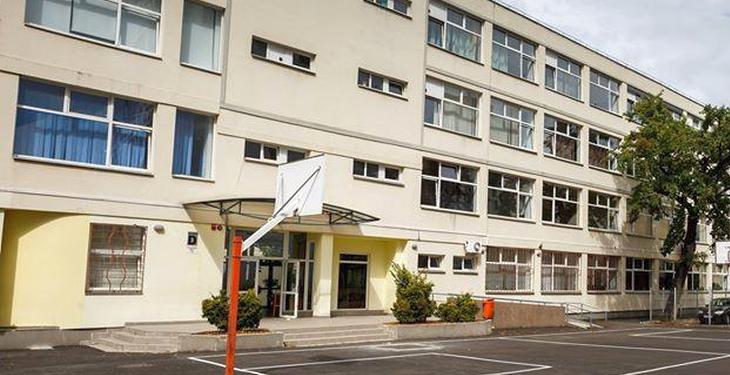Andrei Ceclan, Doctor Engineer, Technical University of Cluj-Napoca
We use energy in buildings for conditioning the indoor microclimate in such a way that we feel comfort and well-being. This comfort is achieved by systems designated briefly under the HVAC acronym (Heating + Ventilation + Air Conditioning), plus the lighting system. In our public buildings there is only H – heating systems, and there is no VAC, while lighting is deficient, according to the measurements made in 2017 in more than 300 public buildings by specialists from the Society of Romanian Auditors and Energy Managers.
In most public buildings (over 99%), particularly in buildings in the education system, it is either too hot or too cold, the level of illumination is below standards, and the quality of indoor air is significantly damaged, especially in thermo-insulated.
We propose a meditation on this status quo and on the solutions by which this phenomenon we call energy poverty can be overcome if we become aware of it and make it a priority in lawmaking, in central and local politicies. Specifically, we propose that the definition of the concept of energy poverty should also include energy consumption that does not provide comfort in buildings.
We are currently talking about energy consumption meant to ensure a poor level of comfort in public buildings, while de facto we have this high energy consumption, reflecting a low level of energy performance of buildings.
In the case of a building that is not insulated, there is an increased heat transfer through walls and windows and heat losses are high. If the building is insulated, the degree of sealing becomes even higher, and this makes indoor air to be even more stale.
The quality of indoor air is essential in a classroom, where kindergarten children or students are staying for at least 4-6 hours a day. Ventilation by opening windows means heat loss and sudden penetration of cold in the cold season, a necessary discomfort.
Ventilation with heat recovery as a system embedded in the building creates comfort through fresh air with low CO2 and dust levels.
There are sufficient arguments, in our view, for which we propose to associate this situation with energy poverty.
Financing by transforming energy costs into investment
We pay a large bill for energy to ensure reduced comfort in buildings. And the most important thing is that in these public buildings there are our children, the future generation of Romania, who live.
Besides the reform of the educational act, it is important to think about it at a strategic level and to approach the modernization of the public buildings at a pragmatic and operational level, not only with thermo insulation of the walls, but also by introducing HVAC systems, and lighting according to the standards, adding some renewable energy where necessary and feasible and, finally, introducing energy management systems.
You will probably smile at this proposal for the modernization of public buildings, given that more than 2,000 schools have WCs in the yard.
Local public authorities own most of these buildings and they also pay the energy bill, a cost component in the budget of any mayor’s office.
At the same time, there are competitive allocations of non-reimbursable European funds through the POR axis, and there are the Norwegian and Swiss funds, which are great opportunities, as there is also financing through public-private partnerships and banks.
Reimbursable financial instruments can be partially or largely paid out from the energy savings made, and the result of this energy efficiency will actually mean comfort and well-being in buildings.
Energy costs are transformed into investments, which are paid from economies and bring economic development, jobs and a sustainable, low-impact environment.
